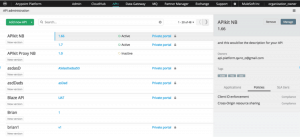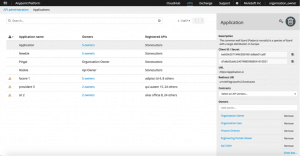In our recent survey of 800 tech leaders, one particular statistic jumped out: 66 percent of IT leaders surveyed say that change is needed in order to meet a “significant” or “drastic” increase in pressure to deliver IT services faster. That’s not surprising, says Ross Mason. He points out, “IT is now critical to a company’s ability to stay competitive in a rapidly changing business environment. The old IT operating mode is fractured. IT leaders are looking to an API strategy to reduce the complexity of their landscape, unlock assets and enable much greater agility through accessibility and reuse.”
What is surprising is that the pressure to innovate on businesses is so great that mere agility may not be enough to meet demand. ComputerWeekly ran a recent piece, based on research from CEB, a cross-industry group for business leaders, on the ways in which CIOs have historically tried to increase their IT clockspeed, and what they found was that the traditional ways of reducing friction – developing two-speed IT departments, standardizing on a single ERP system, and instituting agile software development – were not as effective as they needed to be to match the speed of the modern business environment.
What is needed is a radical rethink of how IT departments organize themselves. The research shows that IT departments can increase speed if they improve communications with the rest of the business, if CIOs delegate more decisions, and eliminating bureaucratic bottlenecks to fast IT delivery.
We have found this to be true as well. Our customers, like News Corporation, have found that when they have an API strategy that allows for reusability, they can deliver faster than they could before – in News Corp’s case, three times faster. We call this approach API-led connectivity – it allows technology to be developed anywhere in the business with standardized tools, and connected in a reusable, composable way.
Take a look at how API-led connectivity could help your business go faster. Also, if you’re just getting started with your API strategy, we have resources to help you.
















